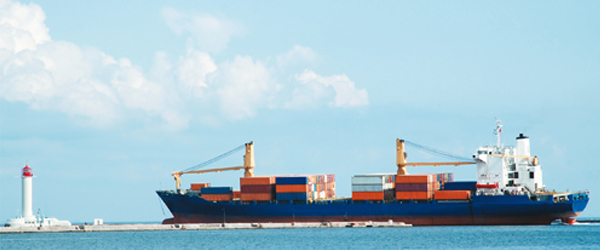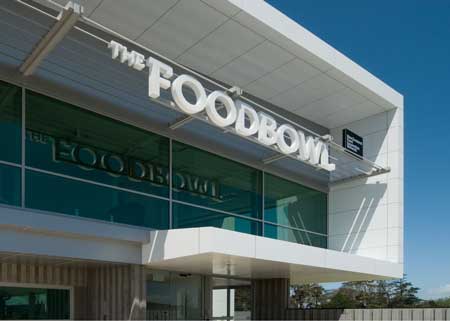The trans-Pacific and Asia-Middle East trade lanes are most likely to bear the brunt of rate plummeting, as deliveries of ultra-large container ships deliveries peak in 2012 and 2013, according to the Journal of Commerce.
The report, citing Macquarie Capital Securities’ (MCS) latest Vital Signs research, said the delivery of large numbers of ULCS (ultra large crude container ships) this year is the prime reason for the collapse of freight rates on the Asia-Europe lane, where many lines are now operating below earnings before interest and tax.
But with the order book of vessels over 8,000 20-foot equivalent unit capacity or bigger equal to 87% of the current fleet, the impact will be felt across the container trades.
“It is not at all clear how vessels will cascade off the Asia-Europe route as they are replaced with ULCSs,” said Janet Lewis, regional head of industrials and shipping research in Asia at MCS. “The likely trade lanes to feel the impact are trans-Pacific and Asia-Middle East. This in turn could cascade vessels onto intra-Asia and other routes typically serviced by smaller vessels.”
MCS also warned that the situation on Asia-Europe could further deteriorate for carriers. Rates had collapsed this year as ULCSs entered the fleet despite double-digit volume growth. But Lewis said that with the European Central Bank now suggesting that a mild recession was looming, “we believe that there could be a sharp slowdown in trade volumes into Europe, which would exacerbate any attempt at rate restoration”.
More at Journal of Commerce




